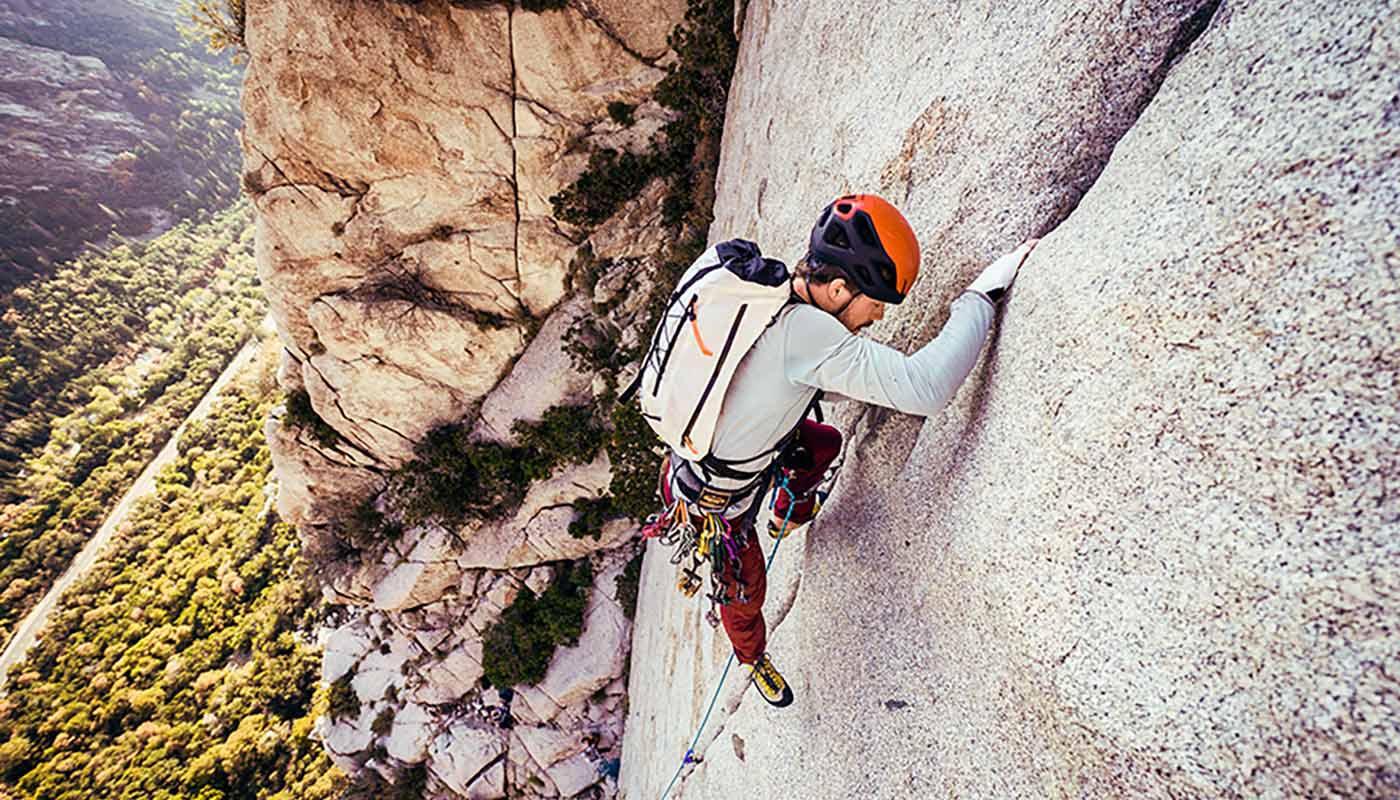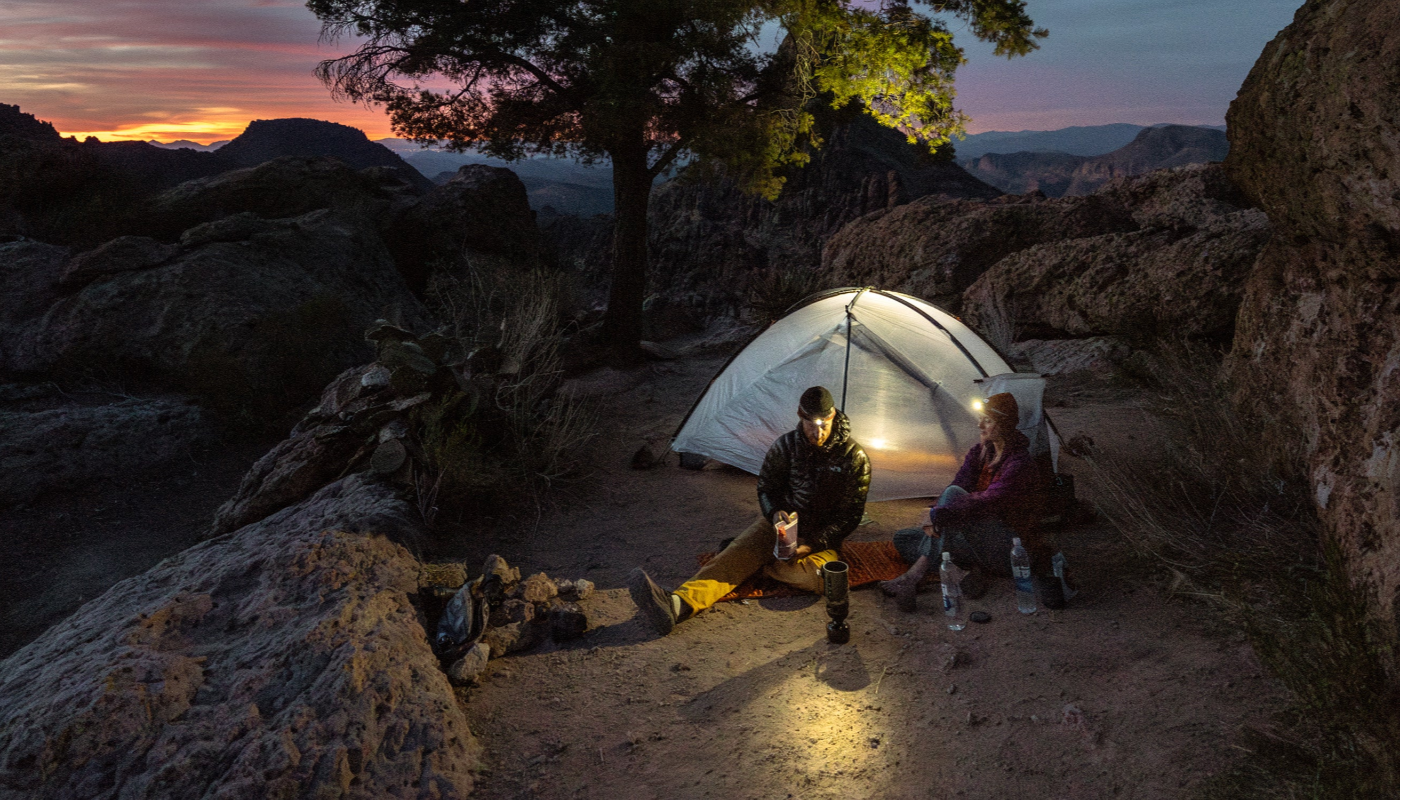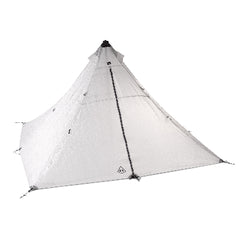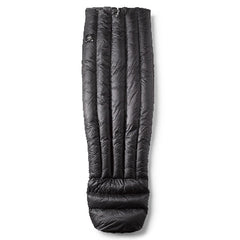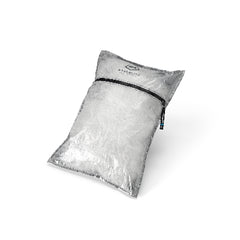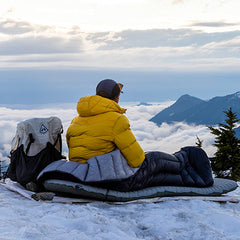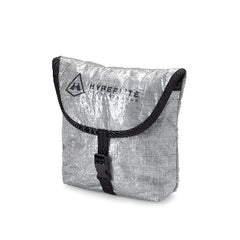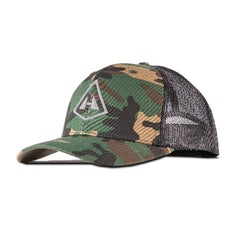Words and Photos by Masaki Arata @arata.taizo.masaki
 WHAT KIND OF TRAILS ARE THERE IN NORTHERN, CENTRAL, AND SOUTHERN JAPAN? COULD YOU SHARE SOME OF YOUR FAVORITES?
WHAT KIND OF TRAILS ARE THERE IN NORTHERN, CENTRAL, AND SOUTHERN JAPAN? COULD YOU SHARE SOME OF YOUR FAVORITES?
Japan stretches from north to south, resulting in dramatic differences in climate and terrain. From snow-covered volcanic plateaus to humid tropical forests, each region feels like a different world. Seasonal plants are also unique: visit between May and September for alpine flowers, and from October to November for beautiful autumn foliage.

 NORTHERN JAPAN (HOKKAIDO & TOHOKU)
NORTHERN JAPAN (HOKKAIDO & TOHOKU)
This region offers Japan’s wildest nature. The Daisetsuzan Traverse in Hokkaido feels like hiking through a vast, rugged tundra. In contrast, Shirakami-Sanchi in Tohoku, a UNESCO World Heritage Site, features tranquil trails through ancient beech forests.


CENTRAL JAPAN (JAPANESE ALPS & YATSUGATAKE RANGE)
This is Japan’s heart of serious mountaineering and a favorite among hikers. The Northern, Central, and Southern Alps, along with the Yatsugatake Range, offer multi-day ridge walks and scenic day hikes. Traversing sharp ridgelines can feel like walking above the clouds. Near Osaka, the Kii Peninsula features the Kumano Kodo pilgrimage routes, walked for over 1,000 years—perfect for a cultural and relaxing journey.

 SOUTHERN JAPAN (KYUSHU & OKINAWA)
SOUTHERN JAPAN (KYUSHU & OKINAWA)
In Kyushu, the Kuju Mountains offer a surreal mix of volcanic terrain and wide-open grasslands. Yakushima Island features ancient forests and the legendary 2,000-year-old Jomon cedar trees—like stepping into a Ghibli movie. Okinawa has no high mountains, but its dense jungles are popular for trekking, especially on Iriomote Island.
MY FAVORITES
 NORTHERN ALPS (OMOTE GINZA ROUTE)
NORTHERN ALPS (OMOTE GINZA ROUTE)
I love the Omote Ginza route, a 3-night, 4-day ridge hike. You’ll pass Mt. Tsubakuro (great for tenting) and Mt. Yari, a dream destination for many Japanese hikers. A helmet is required to summit Mt. Yari. This is one of the more accessible routes that feels like walking above the clouds.
 YAKUSHIMA ISLAND
YAKUSHIMA ISLAND
It’s like entering a world of moss, mist, and flowing water—peaceful and mystical, unlike a tropical jungle. You can traverse the island in about 2 nights and 3 days. Note that in winter, snow can make some areas inaccessible. After the hike, treat yourself to sushi—the ocean is nearby, so it’s incredibly fresh!
 AFTER ARRIVING IN JAPAN, IS IT EASY TO ACCESS TRAILS VIA TRAINS AND BUSES?
AFTER ARRIVING IN JAPAN, IS IT EASY TO ACCESS TRAILS VIA TRAINS AND BUSES?
Yes, very easy. Japan’s public transportation is extremely punctual and reliable. Getting from a big city to a remote trailhead is usually no problem.
For example, Kamikochi can be reached from Tokyo in about half a day using trains and buses. Even in rural areas, small trains and local buses run regularly. If you're on a budget, take a night bus from Shinjuku—it's about 10,000 yen and gets you directly to the trailhead.
 WHAT FOOD DO JAPANESE BACKPACKERS BRING? IS IT STANDARD TO CARRY ALL YOUR MEALS, OR IS RESUPPLYING EASY?
WHAT FOOD DO JAPANESE BACKPACKERS BRING? IS IT STANDARD TO CARRY ALL YOUR MEALS, OR IS RESUPPLYING EASY?
In Japan, it’s standard to carry all your food with you. While there are some mountain huts or small towns along the way, don’t count on them for resupply. Convenience stores are useful before starting your hike but don’t exist in the mountains. Plan to bring rice balls, instant noodles, freeze-dried meals, and anything else you’ll need.
Some mountain huts offer hot meals like ramen, curry, or beef bowls for about 1,000 yen. These can be a real treat on a long trek! Just be aware that most huts stop serving lunch around 2 PM.
 CAN YOU BUY HIKING GEAR LOCALLY IN JAPAN? WHAT IF YOU ARRIVE WITHOUT YOUR GEAR?
CAN YOU BUY HIKING GEAR LOCALLY IN JAPAN? WHAT IF YOU ARRIVE WITHOUT YOUR GEAR?
Yes, especially in Tokyo’s Kanda area, where many large outdoor stores can meet most of your needs.
However, for readers of the HYPERLITE MOUNTAIN GEAR blog with refined tastes, it might be a bit underwhelming—ultralight gear and niche Japanese brands are not widely available.
If you want ultralight gear, either bring it with you or visit Yellowknife Outdoor Shop, located a bit south of Tokyo.
We carry original Japanese ultralight gear and outdoor apparel. Our English may be limited, but we’ll help you with a smile—so don’t hesitate to stop by!
ARE THERE ANY RULES OR ETIQUETTE TO BE AWARE OF WHEN HIKING IN JAPAN?
Yes, and they are very important. Here are some key ones:
- Trail Etiquette: Trails are narrow. Uphill hikers have the right of way. Step to the mountain side, not the valley side, when letting others pass.
- Leave No Trace: Always pack out your trash. There are no bins in the mountains.
- No Campfires: Most mountains are in national parks, so open fires are not allowed. Use gas or alcohol stoves.
- Designated Campsites Only: Camping is only allowed in designated areas. Plan your itinerary to arrive at your campsite while it’s still light—most Japanese hikers aim for 3 PM.
- Greet Fellow Hikers: Say “Konnichiwa” (hello) when you pass others on the trail. Most will smile and respond.
FOOD STORAGE
In Honshu and other main islands, bear sightings are rare, so storing food inside your tent is common.
In Hokkaido, however, brown bears (Ursus arctos) live in the mountains. Use odor-proof bags and store food away from your tent.
Some areas provide food storage boxes. Always follow campsite rules. If in doubt, ask the staff at mountain huts—they’ll help you kindly!

 FINAL TIP
FINAL TIP
After your hike, soak in a hot spring and enjoy a cold beer or some sake—that’s the true Japanese backpacking style.
Note: Some hot springs don’t allow tattoos, so please check beforehand!
